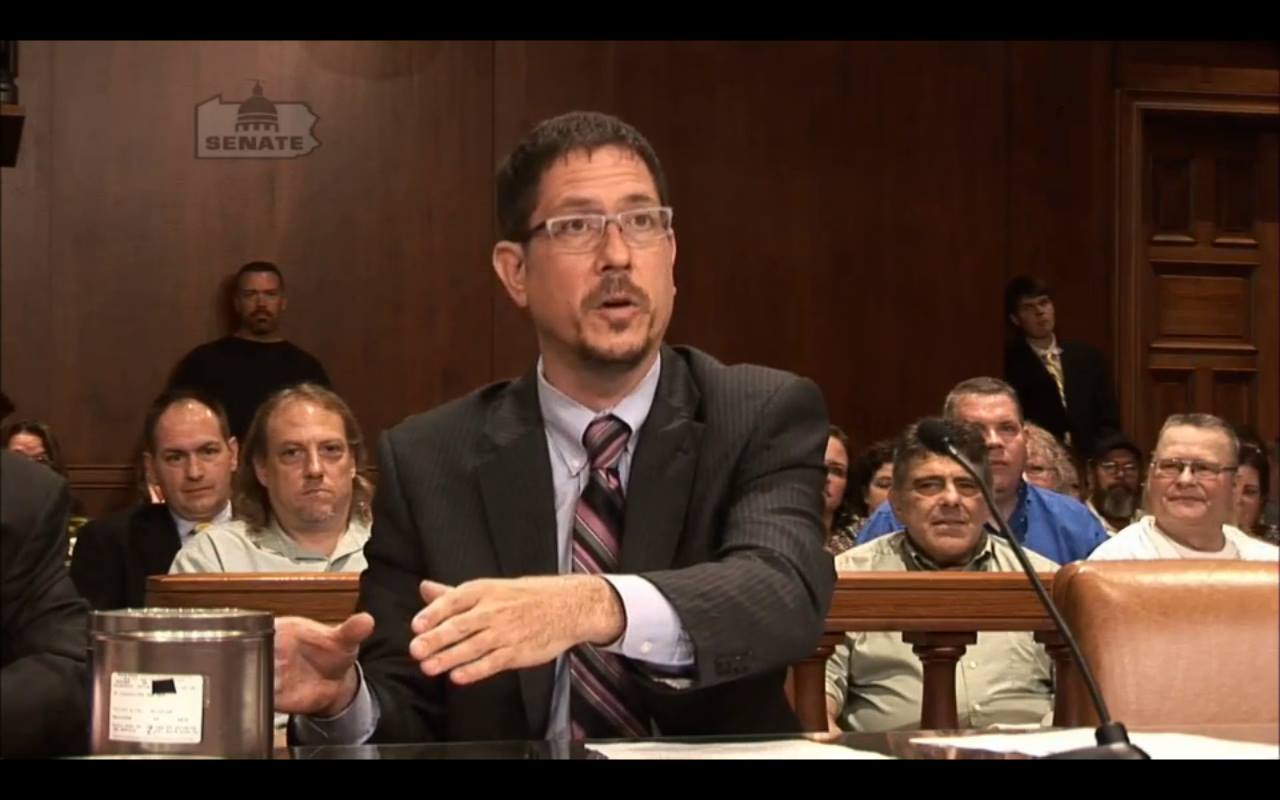Top Federal Appeal Lawyers: Expert Legal Advice for Your Federal Appeal
Top Federal Appeal Lawyers: Expert Legal Advice for Your Federal Appeal
Blog Article
Demystifying the Process of Federal Appeals: What You Required to Know
Browsing the detailed realm of federal charms can usually seem like traversing uncharted waters for those unknown with the procedure. Recognizing the subtleties of appellate court jurisdiction, the complexities of filing a notice of allure, presenting a compelling short, and making a convincing dental debate are essential parts that can significantly impact the outcome of an instance. By deciphering the layers of complexity surrounding federal appeals, individuals can gain a clearer insight into the mechanisms that regulate this critical point of the lawful system.
Recognizing Federal Appeals Refine
Looking into the elaborate realm of the federal appeals procedure reveals a methodical and organized trip with the judicial system - top nebraska federal appeals lawyers. Federal charms work as a critical system for assessing decisions made by lower courts. Comprehending this procedure is important for any person involved in legal procedures at the federal degree
The procedure generally begins with an event disappointed with a reduced court's judgment filing a notice of appeal. This sets off a review by a higher court, where a panel of courts examines the lawful debates offered by both celebrations. Briefs detailing the lawful reasoning behind each celebration's placement are sent, and dental arguments may be heard to clarify complex problems.
The appellate court's decision is based on a thorough examination of the reduced court's process and the disagreements offered. When the appellate court reaches a choice, it can verify, reverse, remand, or change the reduced court's ruling, offering clarity and finality to the lawful disagreement.
Appellate Court Territory Described

Appellate courts have jurisdiction over details sorts of instances, normally those including legal mistakes, procedural issues, or inquiries of regulation as opposed to factual disagreements. The jurisdiction of appellate courts is generally laid out in statutes and laws that control the court system. Comprehending appellate court territory is vital for parties associated with the charms process as it determines whether a situation is eligible for review and the extent to which the appellate court can interfere in the lower court's decision.
Filing a Notice of Allure
The preliminary action in commencing the government charms process includes submitting a Notification of Charm with the ideal appellate court. alabama federal appeals attorneys. This important paper officially informs the court and the other parties associated with the situation that the appealing celebration means to seek an evaluation of the lower court's decision. Submitting a Notification of Charm is a stringent procedural requirement that establishes the appellate procedure in activity
When preparing the Notification of Charm, it is necessary to make sure compliance with the specific rules and standards of the appropriate appellate court. The file must typically include info such as the case name, the reduced court's name, the day of the judgment being appealed, and a concise declaration suggesting the grounds for the allure.
Timeliness is important when submitting a Notice of Allure. Missing the deadline for sending this file can cause the charm being dismissed, emphasizing the significance of accurate and punctual initiation of the charms procedure. It is advisable to look for legal guidance to browse the complexities of submitting a Notice of Charm effectively.
Rundown and Oral Disagreement
In the appellate procedure, offering composed briefs and taking part in oral debates play critical duties in advocating for the appealing event's position before the appellate court. Briefs are thorough legal records that describe the parties' disagreements, lawful authorities, and analysis sustaining their positions. These composed entries offer the court with an in-depth understanding of the facts of the situation, the pertinent law, and why the appealing party believes the lower court's decision must be rescinded.
Following the submission and testimonial of the briefs, dental arguments provide the events an opportunity to further clarify their settings, attend to any type of inquiries the appellate courts might have, and highlight essential points from their composed briefs. Dental debates are a chance for the attorneys to persuade the judges with verbal campaigning for and feedbacks to questions from the bench.

Receiving the Appellate Court Choice

Final Thought
Comprehending the appellate court territory, submitting a notification of allure, preparing briefs, and presenting oral arguments are all important elements of this procedure. Inevitably, obtaining the appellate court choice can give clearness and resolution to legal disagreements.
As we progress from understanding the federal appeals process to dissecting the complexities of appellate court jurisdiction, a fundamental aspect comes to light concerning the authority and limits of these higher courts in the legal landscape. Appellate court territory refers to the extent of instances that a certain appellate court has the power to assess and determine upon. Unlike test courts that listen to situations for the very first time, appellate courts are limited to reviewing decisions made by reduced courts. Recognizing appellate court territory is vital for events entailed in the charms process as it identifies whether a case is qualified for evaluation and the extent to which the appellate court can intervene in the reduced court's decision.
Whether the appellate court affirms, turns around, or remands the reduced court's decision, understanding the implications of the ruling is important for all parties included in the appellate process.
Report this page